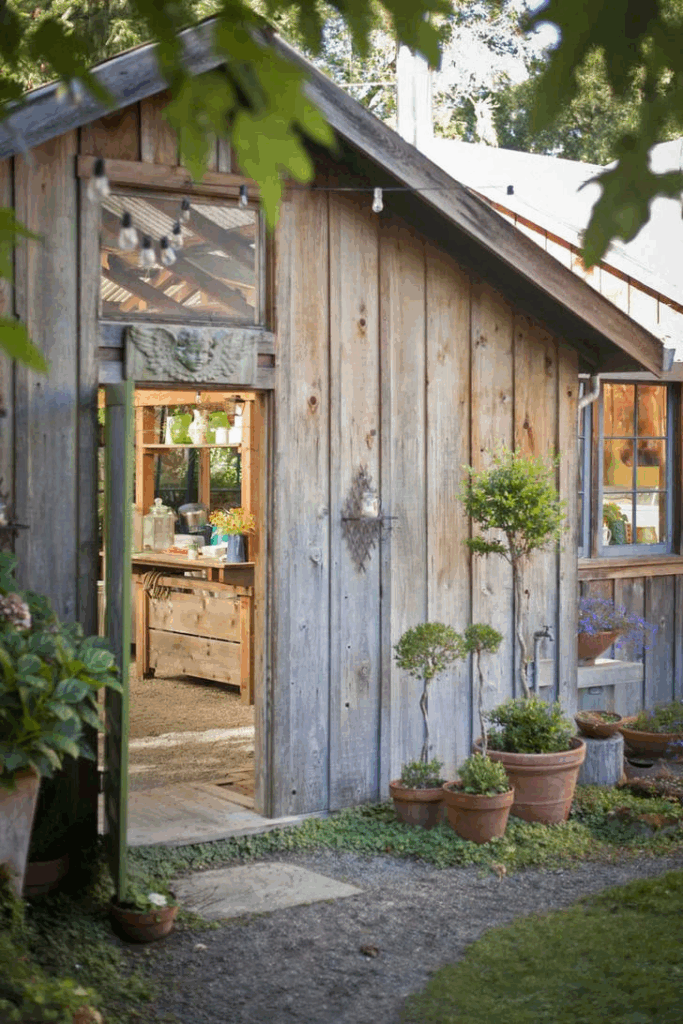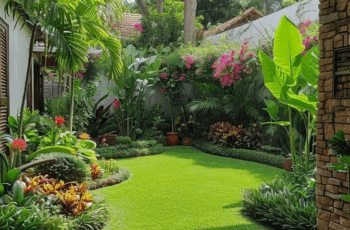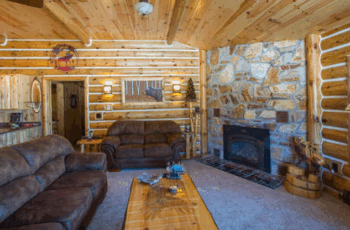
Designing a log cabin isn’t just about rustic charm—it’s about making a warm, inviting home that blends naturally with its surroundings. Thoughtful planning helps turn your space into a cozy retreat that feels open and comfortable. Start by thinking about how each room will be used. In cabins, spaces often serve multiple purposes like relaxing, dining, or sleeping. Knowing this lets you arrange furniture smartly to avoid clutter while keeping distinct areas. For example, placing a sturdy dining table near the kitchen alongside a snug seating area by the fireplace creates clear zones that work well together.
Since open layouts are common, arranging furniture to keep things flowing and airy is key. Outside, consider how patios or garden paths connect with the land, helping indoor and outdoor areas feel unified. Picking furniture that fits your cabin size matters too—big pieces can overwhelm, while well-sized ones keep the balance. The natural terrain can guide seating and pathways, making your cabin feel part of the landscape rather than separate from it.
Light is essential for a welcoming feel. Large windows or skylights bring sunshine inside and strengthen the connection with nature, making rooms feel fresh and open. Warm earth tones like soft browns, gentle greens, and creamy beiges highlight the wood and natural materials while setting a peaceful tone. Adding lighter shades like pale blues or whites opens smaller spaces up and calms the mood. Balancing dominant warm tones with subtle complementary colors and small pops of deeper hues helps your décor feel both cohesive and lively.

Materials affect both appearance and durability. Wood is the heart of cabin style, but mixing in stone, metal, or reclaimed timber adds texture and character. For wet or hot spots like bathrooms or near fireplaces, tough materials such as stone or tile are practical. Outdoors, use materials suited to the climate—stone patios or gravel paths handle moisture well, while wooden decks add warmth where it’s dry.
Texture adds depth too. Rough wood, soft fabrics, and stone accents bring layers that feel natural and inviting. Outdoor features like wooden benches or stone fire pits complete the rustic look.
Furniture layout should focus on comfort and easy movement. Center seating around a fireplace to create a cozy gathering spot, or add window seats with views of the outdoors to invite relaxation. Choose furniture sized for your cabin—large cushioned sofas or wooden chairs for bigger spaces, multifunctional or compact pieces for smaller ones. Keep pathways clear so moving between rooms and outside feels effortless. Adding wool throws, cotton pillows, and soft rugs gives a warm, lived-in touch.
Your outdoor space is an extension of your cabin’s personality. Work with the natural features of your land, using native plants and materials like stone and wood to keep everything feeling harmonious. Simple additions like a stone path leading to a fire pit surrounded by local trees can turn your yard into a peaceful retreat. Thoughtful lighting along paths and seating areas provides safety and a soft ambiance that blends with nature.
Bringing all these ideas together transforms your log cabin into more than just a shelter—it becomes a cozy home where comfort and nature meet. Careful planning and natural choices let you enjoy a rustic lifestyle that feels personal, peaceful, and inviting every day.


